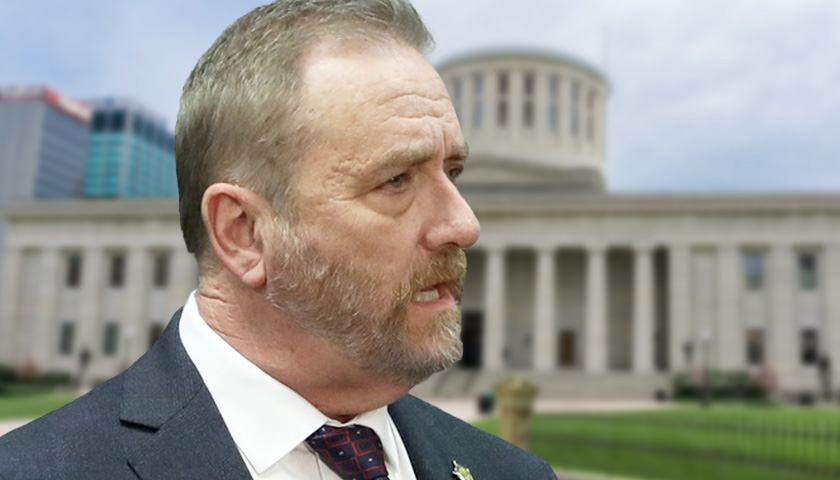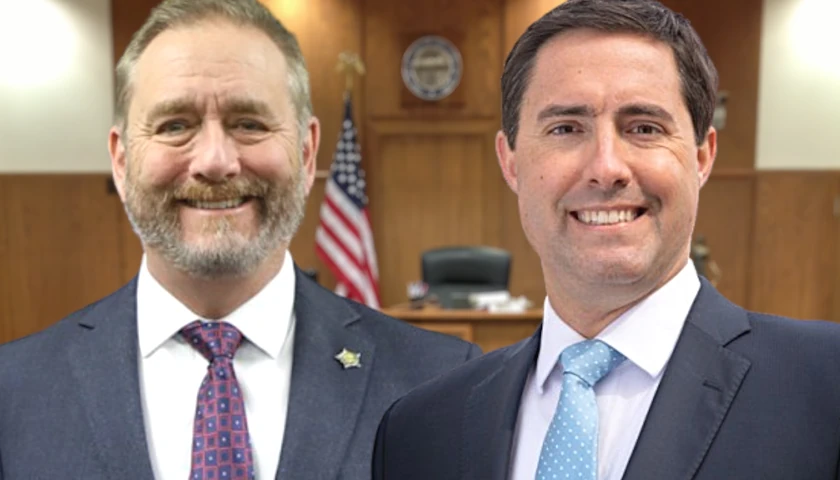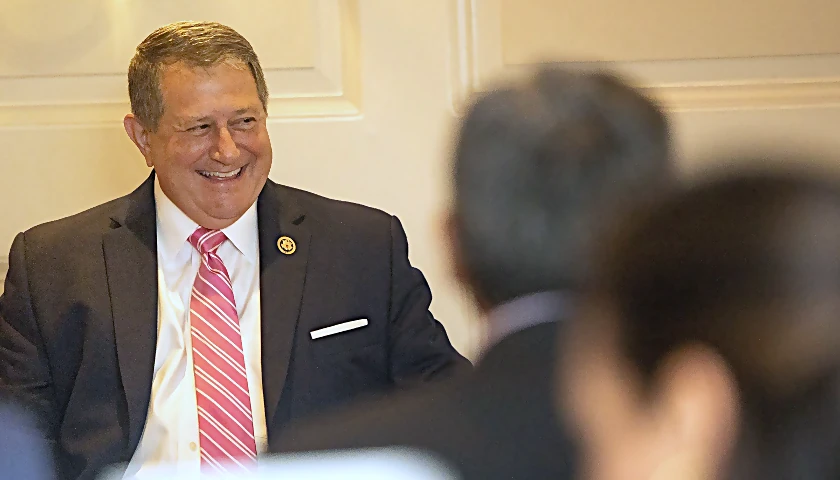by J.D. Davidson
A plan to change Ohio law to stop qualified immunity for local government workers hit a snag when a summary of the proposal was rejected by Attorney General Dave Yost.
Yost rejected the summary from a citizens group that wants a new constitutional amendment that would remove qualified immunity for employees of political subdivisions for injury, death or loss of person or property caused by an act or omission from a government employee during their job.
Yost’s role in the process is to decide if the summary is a fair and truthful statement of the proposed amendment. He said it was not.
A response letter from Yost sent to the petitioners says, “the summary does not properly advise a potential signer of the proposed amended statute’s character and limitations.”
Yost also said the summary contained a material omission and the title was misleading. The title of the proposed amendment is “The Ohio Civil Liberties Restoration Act.”
If a summary is approved by Yost, the Ohio Ballot Board determines whether the proposal contains a single law or multiple laws.
If the board certifies the petition, the group must collect signatures from at least 3% of registered voters based on the ballots cast in the last gubernatorial election. Those signatures must come from at least 44 of the state’s 88 counties, and in each of those counties, the number must be at least 1.5% of the vote cast in the last gubernatorial election.
The petition then must be signed by the secretary of state at least 10 days before the beginning of any General Assembly session, and the secretary of state will send the petition to the General Assembly as soon as it convenes. The General Assembly has four months to act.
The proposed amendment comes just weeks after a resolution introduced in the Ohio House would require a 60% voter approval for any citizen-initiated constitutional amendment to pass. General Assembly amendments would still need only a simple majority.
Currently, a simple majority of voters can adopt an amendment.
– – –
J.D. Davidson is a veteran journalist at The Center Square with more than 30 years of experience in newspapers in Ohio, Georgia, Alabama and Texas.
Photo “Dave Yost” by Ohio Attorney General Dave Yost. Background Photo “Ohio Statehouse” by Ɱ. CC BY-SA 4.0.





